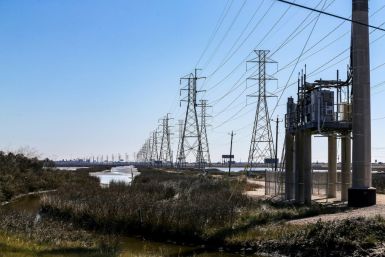Intel forms group to boost automotive security

Intel on Sunday announced it’s formed an “Automotive Security Review Board” (ASRB) to curb cyber security risks affecting connected automobiles. The members of the board of the ASRB will together conduct security tests and perform audits to recommend advanced cybersecurity solutions that minimize risks of cyber attacks on the motor vehicle industry.
Intel said the board will “encompass top security industry talent across the globe with particular areas of expertise in cyber-physical systems.” It will provide ASRB its development platforms to conduct research and publish the findings publicly. Researchers contributing to the cyber security solutions will be awarded a new car.
“With the help of the ASRB, Intel can establish security best practices and encourage that cybersecurity is an essential ingredient in the design of every connected car. Few things are more personal than our safety while on the road, making the ASRB the right idea at the right time,” said Chris Young, senior vice president and general manager of Intel Security.
Intel also released a white paper on “Automotive Security Best Practices” that analyzes the common risk factors related to connected automobiles and provides suggestions for mitigating these risks. Intel is inviting industry experts to comment on the issue and plans to publish a revised copy of the white paper incorporating the expert’s feedback.
“We can, and must, raise the bar against cyberattacks in automobiles,” Young added.
Cars are no longer simple independent units. Each car component comes from multiple manufacturers. Today, computers hugely influence the operation of a vehicle, ranging from navigation, stability control to electronic fuel injection. This increased connectivity and shared information are potential threats and make the automobile industry prone to cyberattacks.
Some advanced features like lane departure warning, collision avoidance and driver fatigue detection often require a collection of data from the physical environment and cybersystems. There is also the possibility that the vehicle will be exposed to malicious activity that compromises the car’s electronic systems. The report states that many cyber vulnerabilities like malware and Trojans are capable of victimising vehicles. The report also detailed the design of hardware and software security systems for motor vehicles.
Contact the writer at feedback@ibtimes.com.au or let us know what you think below.






